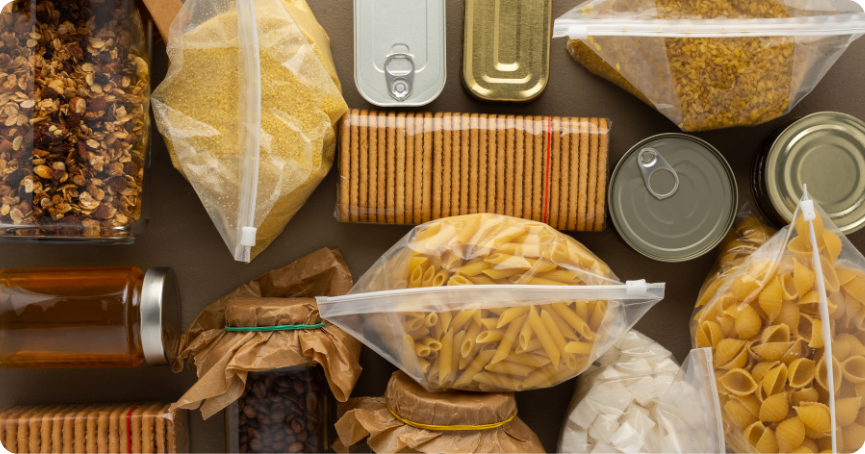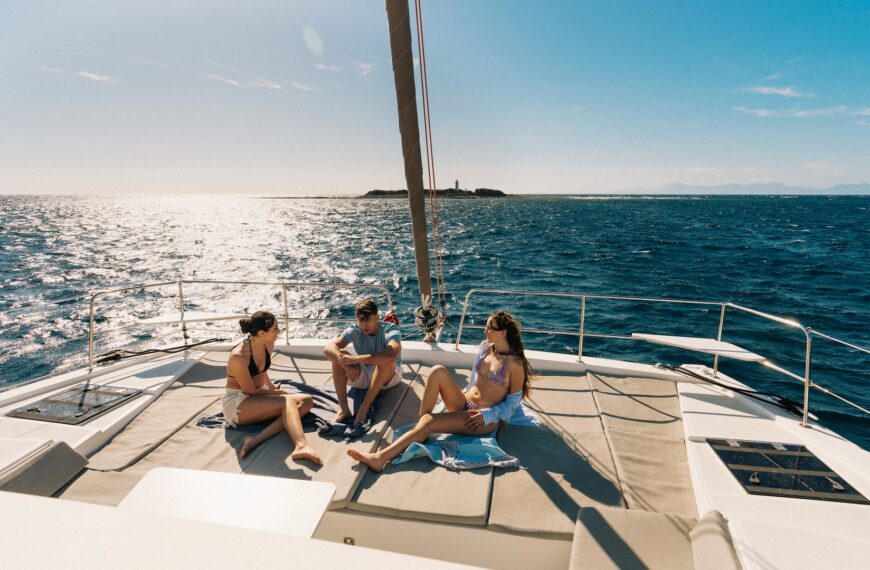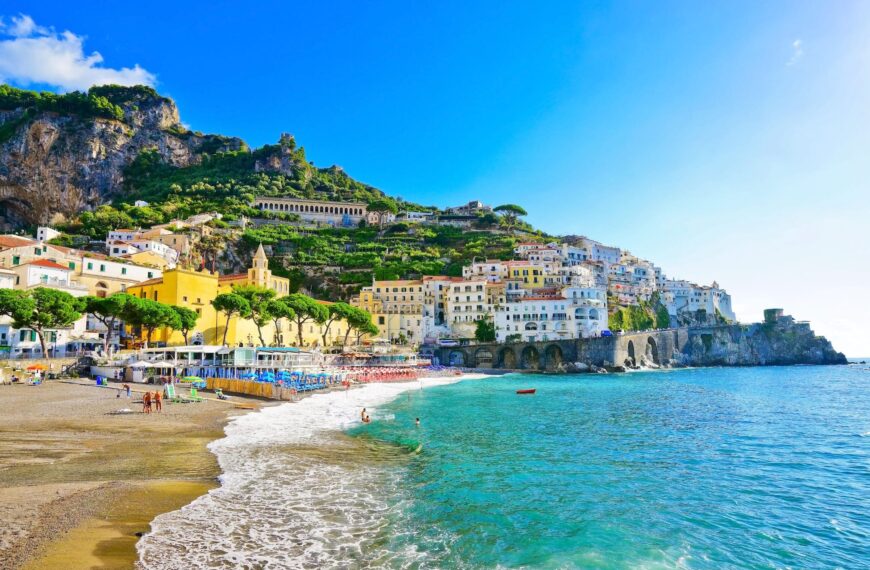If we are experienced sailors, we surely know how important it is to organize a well-stocked pantry. If this is our first time experiencing it, we will need some tips to stock up on food without making mistakes with types and quantities. Assuming our vacation will last at least a week, it is not feasible to rely solely on port restaurants or takeaway meals—an option possible but exceptional at best.
Basic essentials from breakfast to dinner
The considerations are similar to those we already made in another article about packing: space on a boat is limited, so we must only bring what we truly need. However, those items must absolutely be included! Alongside the differences from what we would do on land, such as not spending hours cooking, there are also similarities. While onboard meals will obviously differ from those at home, certain essentials are non-negotiable. Among these, the need to equip ourselves with basic staples is paramount. Just like a home pantry, a boat pantry must include certain items indispensable for any preparation, even the simplest. Extra virgin olive oil, vinegar, salt, pepper, spices, and dried herbs are the bare minimum for any savory meal, as are sugar and/or honey, tea, and coffee for breakfast. To the above, we will add dry and packaged goods, in bags or cans. Pasta, both short and long, rice, and why not couscous—quick and easy to prepare without much stove time—are essential.
Canned goods and dry baked products
To season what has been listed, since no one can live on pasta with oil for a week, we must store canned tomatoes and any long-lasting ready-made sauces. To pair with grains or eat as stand-alone dishes, we won’t skimp on actual canned goods: tuna, mackerel, and sardines. Preserved fish is always a good option, as long as we pay attention to the pitfalls of oil. Among canned goods, we should also stock legumes, such as beans, chickpeas, and peas, perfect for flavorful and filling one-pot dishes and salads. For a sweet touch, consider canned fruit. As for pre-departure shopping, we cannot forget packages of sandwich bread, crackers, rice cakes, crostini, and breadsticks. These dry products, with good shelf life, are useful for accompanying meals and can also save us in case of seasickness. For breakfast, in addition to the basic tea, coffee, and sugar, we should add dry biscuits, snacks, and toast, completing them with jams or honey according to our tastes and habits.
Drinks (almost) without limits
A fundamental topic is drinks. Hydration is essential, so the storage spaces should be filled with plenty of water. In addition, we will add cartons of fruit juice and long-life milk, and for meals and aperitifs, cans of beer and bottles of wine to sip at sunset while nibbling on crostini, some peanuts, or other dried fruit—items to add to the shopping list at our discretion.
Vegetables and other fresh foods
Speaking of dry and long-lasting products, let’s now move on to fresh items. Starting with those that are less perishable, we might consider the initial purchase of onions, carrots, and potatoes, which are a great base for countless dishes, pairing them with tuna, legumes, and other canned goods in hearty salads. Apples, pears, bananas (slightly unripe), lemons, and oranges also have good shelf lives, while other fruits and vegetables are more practical to buy during the trip, at one of the stops ashore. In these cases, we should always keep in mind the limited space in the boat’s fridge: it’s better to plan purchases that can be used up in no more than a couple of days. Speaking of the fridge, it can accommodate butter, cheeses, yogurt, deli meats, and anything left over from an opened package. However, it is always better to plan meals and consumption so as not to leave too many perishable leftovers. In this regard, meat and fish can certainly be purchased ashore but always in quantities that can be cooked and consumed the same day. And it is worth noting that the boat is not the best place to attempt culinary feats: while cooking during navigation is highly discouraged, it is also always advisable to avoid long cooking times and the use of potentially dangerous equipment.
The big initial shop
Having discussed quality, we should now address quantity. A well-stocked pantry not only includes all the ingredients needed for onboard meals but also ensures that they are selected in the necessary quantities to meet everyone’s needs. Considering the number of people, their habits, and the number of sailing days, we should arm ourselves with pen, paper, and possibly a calculator to determine how much pasta, sauces, beer, biscuits, and other essentials we will need. Keeping it general and focusing on basic products to be supplemented at each port, a trip with six adults for one week will typically require 2 liters of oil, 1 kilo of salt (both coarse and fine), 5–6 kilos of pasta, 2 kilos of rice, 1 kilo of canned tomatoes, 1 kilo of canned tuna, and the same amount of various legumes, plus a selection of sauces and preserves in oil or vinegar. For breakfast, we should buy at least half a kilo of coffee, a large box of tea, half a kilo of sugar, at least one kilo of dry biscuits, 3 liters of milk, 4 jars of jam, and 4–5 packs of sandwich bread. As for water, we should calculate at least 1.5 liters per person per day, while wine and beer depend on our habits and the space left in storage by other supplies. For fresh products, to be purchased during the trip, it is difficult to make a preliminary estimate, but apart from leafy greens—which perish too easily and should be avoided—vegetables should always be welcome, along with fruits, with purchases of 1–2 kilos at a time of each type most favored by the crew.





